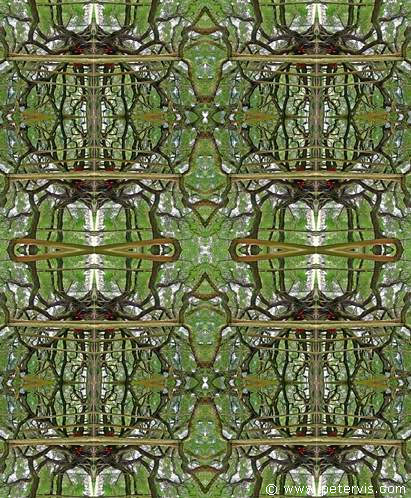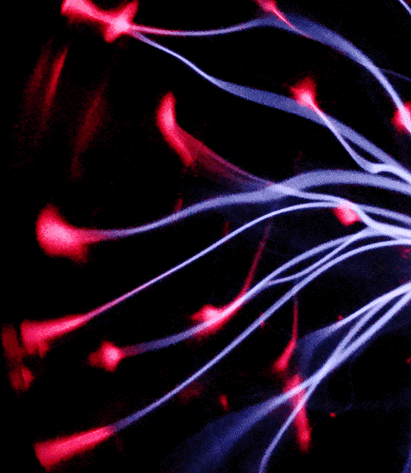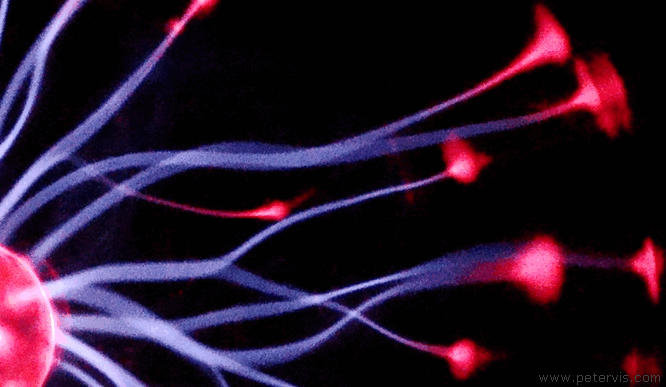The Bhagavad Gita Chapter 15 Translation to English and Meaning
The "slokas" in Sanskrit have a precise meaning; however, translation to English requires explanation. These are just some of my notes that I made back in the 90s after I first heard Lata Mangeshkar Bhagavad-Gita Chapter 15 on the radio and recognised some of the Sanskrit words. I drew a little sketch of what I thought the song was describing. I was hoping for a map of the universe, but it turned out to be just a transport system map. It has been in my loft all these years and I was going to throw them away, but figured someone might find it useful.
Chapter 15

Translation and Meaning
In chapter 15, the speaker (god) uses allegory and metaphor to describe a map of an ancient transport network system by comparing it to a special tree (epiphyte or banyan) with roots high up and branches flowing down.


An epiphyte consists of two trees, the seeds of one tree settle on the branches of the host tree, and grow from there. It is a non-parasitic growth and the seeds receive their nutrients from the air. The roots grow down towards the ground and eventually deep into the soil. They flow from the branches of the host tree, to the roots of the host tree, forming bridges. Hence, the whole structure, above and below the ground resembles a large complex network.
Standing under such a tree is an overwhelming experience because of the complexity in the network of branches and roots. It can appear that the tree has no central foundation, because of the hundreds of independent roots.
As you can see, the tree conveys an idea of a vast labyrinth network with a hierarchical structure of branches. Although there is a centre point, it is almost lost in this structure.
Now remember, he is not talking about an actual tree. He is using the tree as an example to describe something else. This thing is large, spread out in every direction in space, and it has a hierarchical structure.
Imperishable

The speaker explains that the tree is imperishable yet its structures, composed of branches, are temporary constructs forming pathways into different space-time realities. A being that lives outside of time describes them as temporary, or "asvattha" meaning, that which has no tomorrow, because they exist for a fraction of a second and are gone, replaced by other branches. Therefore, this tree-like structure remains in a state of flux where parts of its branches are constantly changing created by the desires of trillions of individual beings.
These branches are tunnels that transport parts of his energy to different realities in space-time. These tunnels are unperceivable in the material world, as they have no physical form "na rupam". They are automated transport mechanisms and one simply requires a desire of any reality, and it transports you to that particular reality.
The system not only transports you to that reality, but also creates it for you. It also transforms your energy from the time-independent domain to a time dependent domain. It breaks the connection but remains in waiting whilst you experience that desire. Once your experience is over, it establishes a connection to see how you lived your life and inquires whether it was worth it. It then fulfills your next desire whatever it may be.
Just like the tree, which has so many roots, the vast labyrinth network appears to have no beginning or end. A soul can get lost in such a large network and forget the source, or home.
The home is the singularity or the beginning of creation (pravritti) from which all energy stems. The speaker mentions that all souls are a part of his energy, and returning to the source ought to be the goal of all energy. Unfortunately, some of this energy corrupted itself and became addicted to experiencing the same reality repeatedly.
Automatic System

In 15.2, he describes the function of a single main branch or tunnel, describing its operation as being automatic operating under the laws of physics in material nature "guna".
The energy flows through it upwards "urdhvam", and downwards "adhah", meaning that the tunnel deposits energy, and collects energy (souls) whilst it has formed. These tunnels spread out in all directions "prasritah".
The main branch of the tunnel manifests itself "pravriddhah" over where there is a concentration of life forms with desires "vishaya".
Its end further branches out into short twig-like structures "pravalah" going downwards like roots "mulani". These extend making contact "anusantatani" to either bind or unbind "anubandhini" the energy to the material plane "loke" where beings "manushya" exists.
This passage therefore means that the transport tunnel expeditiously drops off new energy that may want to experience that reality, and collects those that have already experienced it.
The arriving energy (soul) is bound to the material plane by some kind of transform process, which transforms their energy. "karmanubandhini" is binding based on karma which is past deeds and desire. It means more like constrain or shackle as a prisoner would be...
The same tunnel also collects the souls that have already lived their lives. When beings die, their energy is presumably already unbound in many cases, and just waiting for harvesting.
From this passage, it implies that there is a hierarchical structure to the universe. A large tunnel forms over a galaxy. Its ends branch out towards those solar systems with life. Their ends further branch out to planets with life. Their ends further branch out to each individual life that is arriving or leaving.
In Bhagavad-Gita 15.3-4, the speaker further describes the tree-like structure as having no form or shape "na rupam", because it is forever changing. It is outside human perception, experience, and comprehension "upalabhyate".
Since the planets, solar systems, and galaxies are moving, these vast networks of tunnels also have to move along with them reorganising their paths every time, hence the whole structure can appear to be forever changing and without a definite form.
Singularity, Free Will, and Self Control
In 15.7, the speaker explains that each soul has free will endowed in the form of "manah-shashthanindriyani". This means a being with an independent mind "manah" of its own together with a system of six "shashthan" senses "indriyani", which leads to a struggle "karshati" with the laws "prakriti" located "sthani" within the system.
The problem at the singularity, and the network transport system, is that the laws of physics break down and thought, reality, and space, converge. It results in desires and thoughts manifesting spontaneously. This can pose a huge problem for beings with free will addicted to having desires. Free will without any self-control of desires can bring out the best and the worst.
Such beings cannot stay in the singularity, or even navigate the network system, because at the very first thought of desire, the system throws them back out fulfilling their wish! It is an automated system governed by laws not yet understood.
The speaker further explains that many beings are lost travelling across the bridges and branches of this transport system to enjoy new realities of material existence fulfilling their every desire. Many of them are addicted and lost in the maze-like structure similar to that of the tree, which appears to have no beginning or end.
Returning to the Source
The speaker provides a solution that the only way to return to the source, the beginning, is by learning to control one's desires. However, more importantly, the transport system can take you to the source if that was your desire. Desire to return to the source should be the only desire and all other desires should be eliminated.
The speaker describes the solution or weapon being "asanga-sastrena" which is within every person to choose to return to the source. It has always been about choice – to give up desires, which are temporary – and to return to the source.
Tunnels
Although the speaker said that these tunnels are unperceivable, there is record of them having been seen by people who have had a near death experience (NDE). Therefore, if you want to know what happens at the entrance of these tunnels then the book Life after Life has accounts of people describing them.
Conclusion
Nevertheless, even more deeply, this passage is talking about a multiverse travel. In a multiverse, we are everyone that we have known, or have come across, even in a fleeting moment. They are our other variants from the other universe. Actually we are all the same one, we are all one in the same people.Related Articles
Bhaktivedanta, A. C. The Science of Self-RealizationThe Bhagavad Gita Chapter 15 Translation to English and Meaning
Who is God?
What is God's Address?
